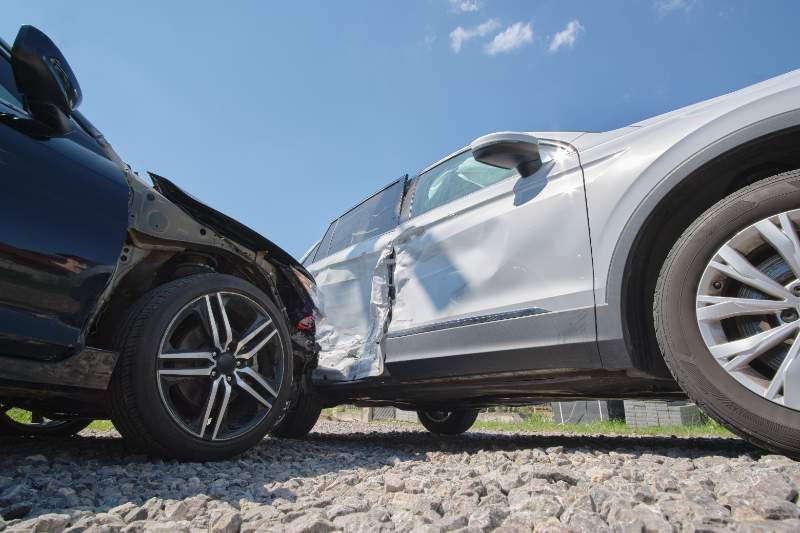
Many people wonder, Who is at fault in a T-bone accident? In Kentucky, the driver who generally failed to yield the right-of-way is to blame. T-bone accidents, often occurring at intersections, happen when one vehicle strikes the side of another, forming a “T” shape.
Typically, the driver who violates traffic signals—such as running a red light or stop sign—is at fault. However, external factors such as poor road conditions or malfunctioning signals can sometimes complicate fault determination.
In this blog post, we will discuss T-bone accidents, how to determine who is at fault, and how an injury lawyer can assist you.
What Is a T-Boned Accident?
A T-bone accident occurs when the front of one vehicle crashes into the side of another, creating a “T” shape. These accidents are common at intersections and can result in significant injuries, as the sides of vehicles offer less protection. The severity of these accidents makes it crucial to determine who is usually at fault in a T-bone accident to ensure that the responsible party is held accountable.
T-Bone Accident: Who Is at Fault?
So, in a T-bone accident, who is at fault? The answer to this question often depends on the specific circumstances of the collision. Gathering documentation can be instrumental in determining fault. Evidence of traffic violations, such as failing to yield, will also play a significant role in assigning responsibility. Additionally, drivers must exercise caution even when they have the right-of-way, as reckless driving or speeding can also contribute to an accident.
Gathering Evidence for Your Claim
To prove fault in a T-bone accident, evidence from the accident scene is essential. Photos, witness statements, and police reports can provide critical information regarding who is usually at fault. In some cases, expert accident reconstruction may be necessary to determine what happened and which driver is responsible for the crash.
Kentucky’s Comparative Fault Rule in T-Bone Accidents
In a T-bone accident, fault usually lies with the driver who failed to follow traffic laws, such as stopping at a red light or yielding the right-of-way. However, Kentucky’s comparative fault system can complicate things. The state follows a comparative fault rule, which means that even if you are partially at fault for the accident, you can still recover compensation.
However, your recovery is reduced based on your percentage of fault. For example, if you are deemed 30% responsible for the accident, you will receive 30% less of your original award. This system ensures the fair allocation of responsibility in T-bone accident fault cases.
Legal Assistance for T-Bone Accidents
Understanding T-bone accident fault in Kentucky can be complicated, especially when multiple factors come into play. Working with an experienced attorney who can evaluate your case, gather evidence, and guide you through the legal process is essential. A qualified attorney can ensure you receive the compensation you deserve and that the correct party is held accountable for the accident.
Speak with an Experienced Kentucky Injury Lawyer About Your Case Today
If you or a loved one suffered an injury in a T-bone accident, it’s important to take a few minutes to understand your rights and what you can do to pursue a claim for compensation against the at-fault party.
At the Law Office of Pamela C. Bratcher, we have extensive experience helping to connect injury victims with the compensation they need to overcome their injuries and move on with their lives. We take T-bone accident cases on a contingency basis, meaning we don’t charge you anything up-front and only recover a fee if we successfully obtain compensation for you.
To learn more, give us a call or connect with our Kentucky car accident lawyer by completing our secure online contact form.